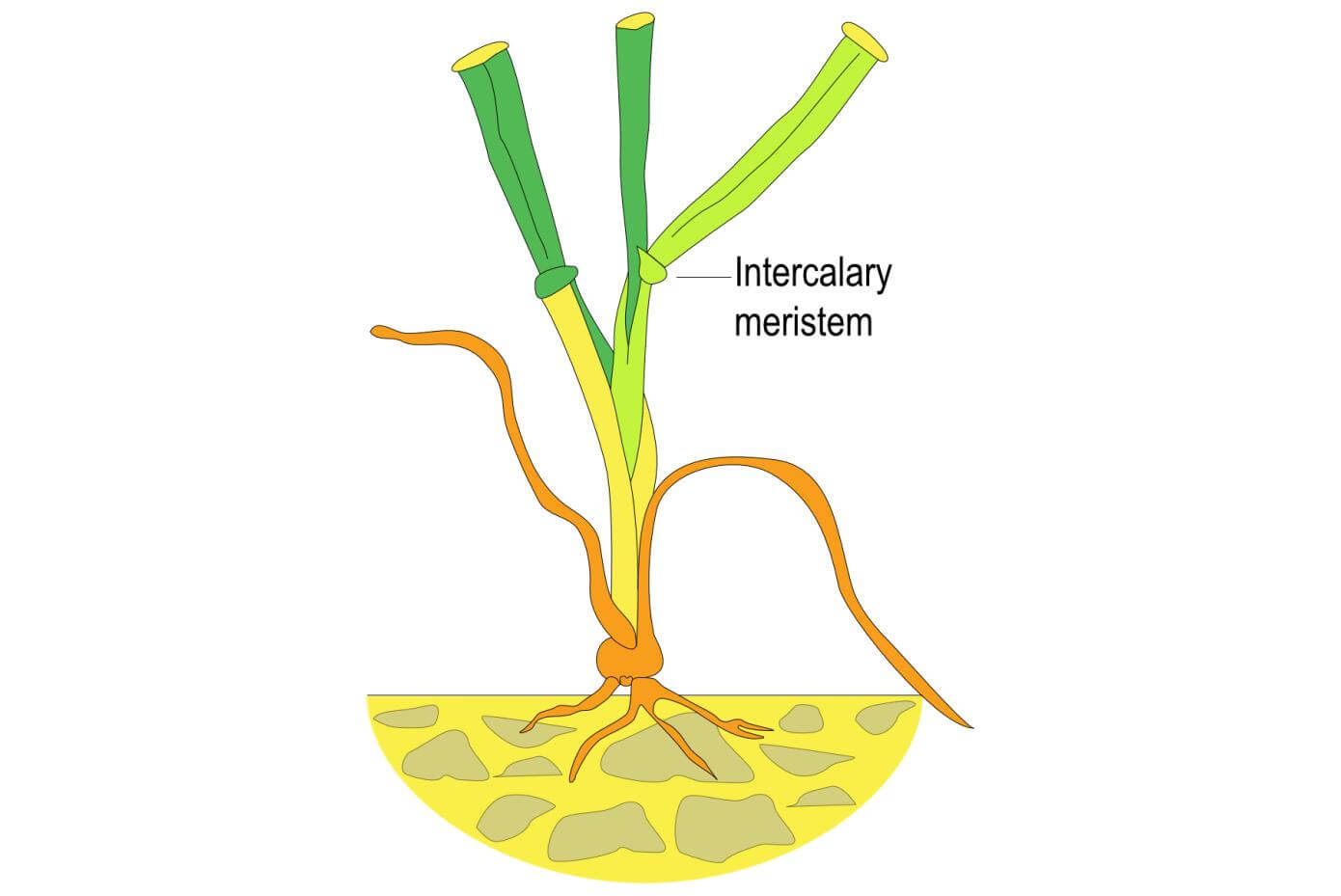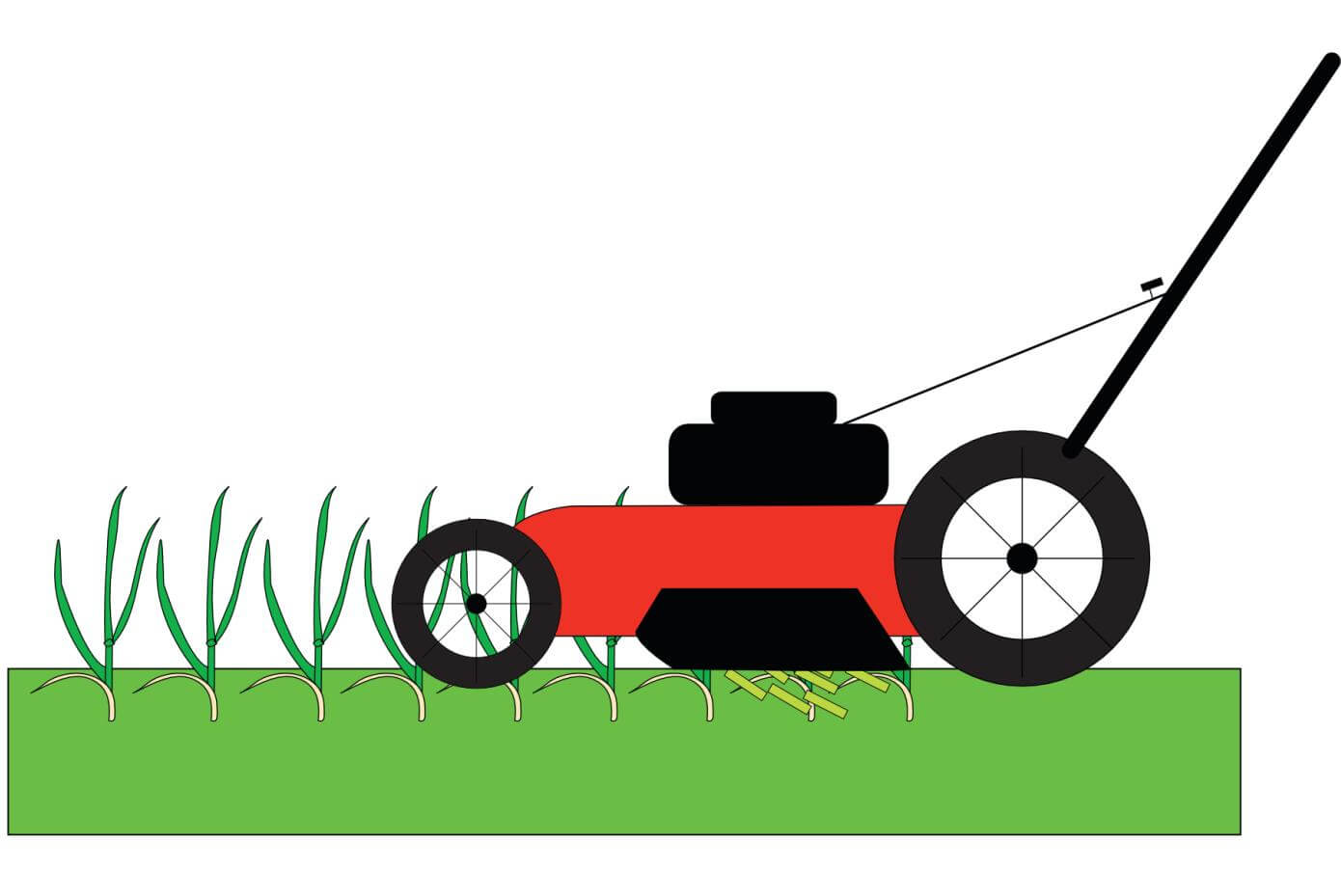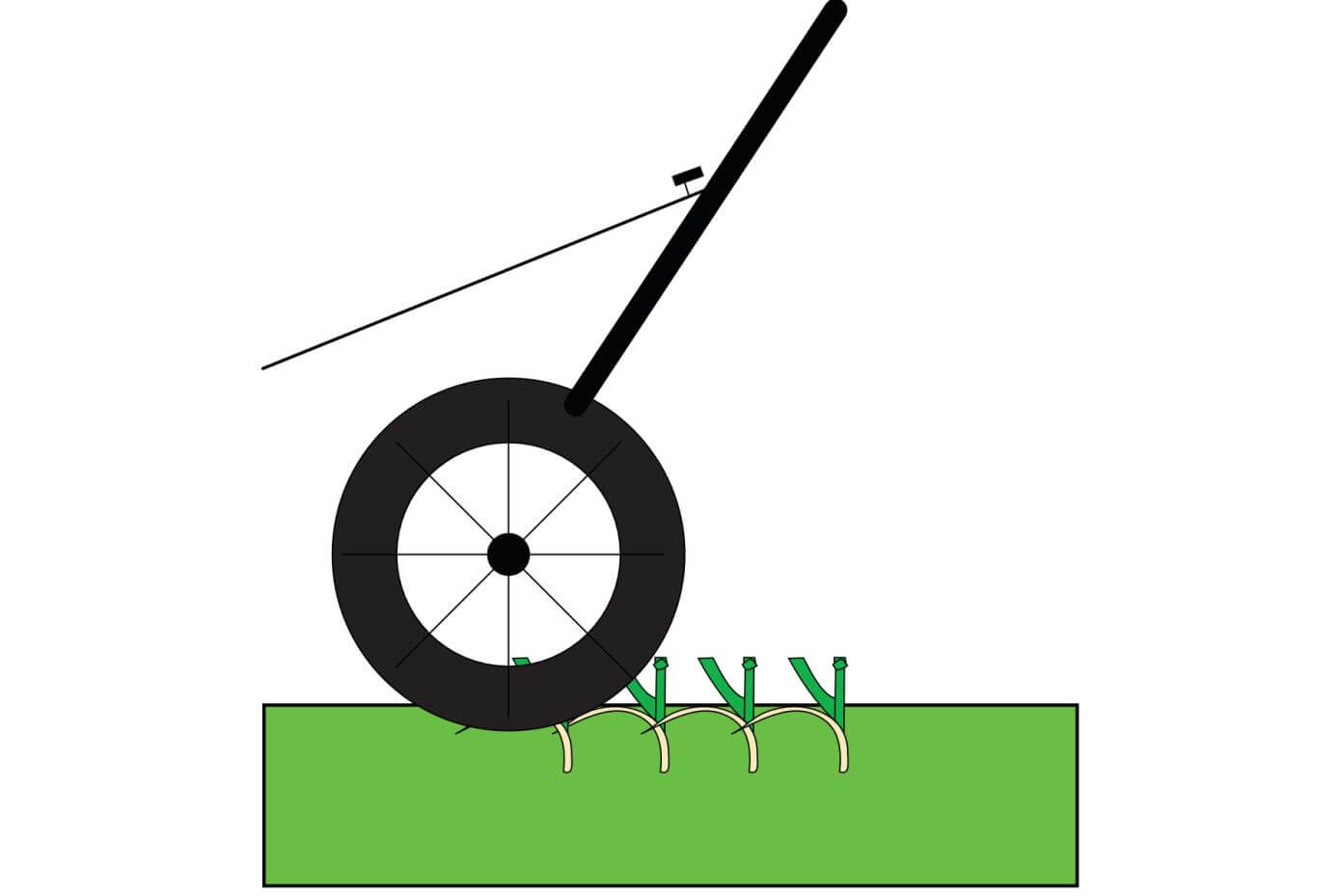Cajun II - A Hardy E-Free Fescue
Looking for an affordable hardy endophyte-free tall fescue? If so, Cajun II may be the fescue for you. Selected from Midwest-developed cultivars, Cajun II is showing itself to be a high-yielding, early maturity variety, performing and persisting well in both the Northern and Southern tall fescue zones. Data from KY, TN, NC, as well as PA and NY show Cajun II as an excellent alternative to many other popular varieties, including Select, Jesup MaxQ, Goliath, Kentucky 32, BarOptima Plus, and Kentucky 31. Read the attached tech sheet or go to CajunFescue.com to see the complete data table. Book your fall needs now
Harvest to Begin Soon; Markets Remain Strong.
With the Willamette Valley harvest just days away, initial new-crop prices remain strong in nearly all markets. Before long, we will have a good overall read on yields for the early crops, such as the forage fescues, annual ryegrass and orchardgrass; yield estimates will be a bit longer on other grasses. Right now, yield potential generally looks good in the field, but the number of acres, lack of carryover, and overall demand expectation are the factors keeping markets strong. This is especially true in the turf-type perennial ryegrass, turf fescue, bluegrass, fine fescue, and legume markets, not to mention the very strong cover-crop markets, including peas, radishes, turnips, and vetches. Such aggregate strength will undoubtedly affect any weakness in any crop that comes in a bit heavy, as the low cost option will be chosen when possible to counter balance the higher priced items. Possible outcome? Anything that might be softer in the short run will have very good movement, thus removing the very reason for the softness.
Aggregate strength also seems to affect willingness of sellers to make deals on off-quality seed, especially at the primary farm level. When most of a farmer’s seed is getting sold, there is less pressure to sell inventory, even if it is off-quality. Application? If you are a bargain buyer, you need to pull the trigger pretty quick on anything that comes your way. Don’t expect today’s deal to be there tomorrow. Until inventories grow, bargain offerings will be few and far between and won’t last long. Also, if you require a specific quality/variety, make your needs known early.
How Grass Grows Part 5: Leaf Expansion Dynamics
"As each leaf develops, two distinct structures emerge, the sheath and the blade. Each has its own region of cell division and elongation at its base called an intercalary meristem. The oldest portion of the leaf is at the tip, while the youngest is at the base of the sheath. Because leaf growth points (intercalary meristems) are at the base, leaf expansion can continue after the top portion of the blade is removed by mowing or grazing.”
VA Tech’s How Grass Grow’s interactive presentation. See the full presentation under our Resource section at www.SmithSeed.com.


